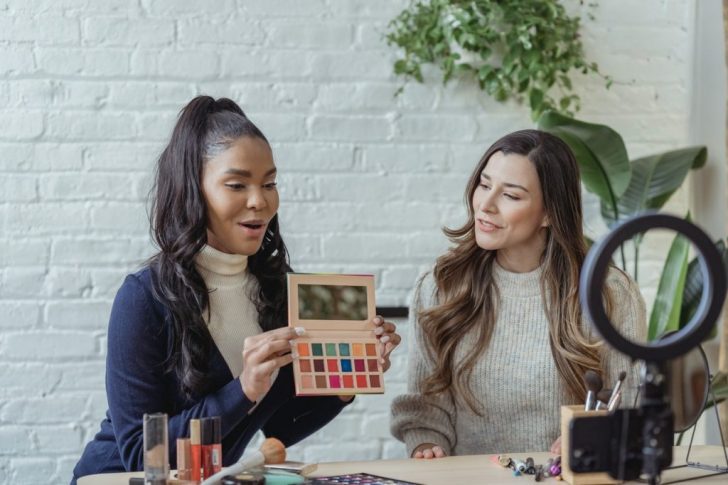Wellness is primarily being in good physical and mental health. Because mental and physical health are so closely linked, problems in one area can impact the other. At the same time, improving your physical health can also benefit your mental health and other life domains, and vice versa. It is important to be aware that wellness is an intentional, ongoing, and holistic approach to making healthy choices for major areas of life functioning.
The dark side of the wellness industry

The wellness industry is a carefully curated beast driven by the weight-loss industry, pseudo-science nutritionists, and Instagram influencers whose only credentials are that they look the ideal of what we’re conditioned to admire, which is usually thin, young, wealthy, cis-hetero, able-bodied, etc. It’s a system that shuts down critical thinking by relying on ambiguous terminology like clean, detox, and intuitive.
Wellness has become a key measure of personal success. We all know that the image of a successful woman isn’t complete without the obligatory performative displays of yoga in exotic locations, expensive organic lunches, or “fresh from the gym” selfies with full makeup. These images are more than a plea for validation. Not only do they encapsulate signaling of wealth and arguably whiteness that’s downright disturbing, but they continue to reinforce the notion that health is something we do rather than something we may have limited control over.
Even ‘wellness’ simply means the opposite of being unwell, which leaves a great deal of room for interpretation and hopefulness. It also preys on our vanity, youth obsession, and fear of death by packaging certain foods and products as ‘bad,’ and supplements and other merchandise as ‘necessary’ to be healthy, pretty, and thin. This can create a dangerous breeding ground for scammers and misguided zealotry.
Marketing fraud

Companies and brands do a very good job of marketing. On the surface, the alternative wellness industry seems designed for good in ways traditional cosmetics and western medicine have not: additive-free cosmetics, feel-good-focused exercise programs, and meditation programs aimed at improving mental health. These are a refreshing departure from programs emphasizing physical appearance over all else.
The story of the rise of wellness has largely focused on Gwyneth Paltrow’s Goop, partly because of an undeniable, if alarming, trend: Wellness is a new wealth. The word “wellness” can conjure images of wealthy women in yoga pants trying the latest sweetgrass-kale cleanse after a session at SoulCycle.

In truth, Goop is on the fringe of a much larger trend, a $4.2 trillion wellness industry that includes fitness classes, supplements, essential oils, and a wide range of alternative therapies, some potentially helpful and others, like homeopathy thoroughly discredited. By the end of 2017, the global wellness industry was valued at a whopping $4.2-trillion USD, according to the Global Wellness Institute.
Bottom line
The wellness industry is a predatory and misogynistic one that has carefully cultivated itself into a seductive solution to all our maladies. Instead, we need to demand institutional change, more research, and better services to shift the healthcare landscape to help us all, especially women.




